my new bed is killing all my bulbs and perennials! why???
posskat
12 years ago
Related Stories
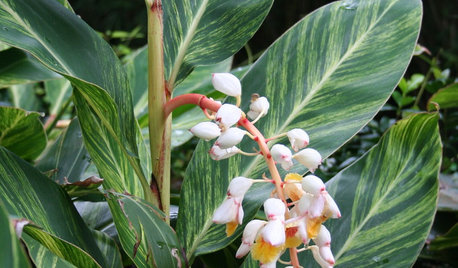
GARDENING GUIDES7 Tropical Bulbs for a Summer Garden That Wows
Try these stunners in summer's powerful heat for garden thrills with an exotic flair
Full Story
GARDENING GUIDESTop 12 Summer-Blooming Perennials for Deer-Resistant Drama
Can you have garden color, fragrance and exciting foliage with hungry deer afoot? These beauties say yes
Full Story
GARDENING GUIDES6 Unsung Bulbs for Fall Planting
Don't hang up your spade after summer — plant these unusual bulbs in fall for a spectacular spring show
Full Story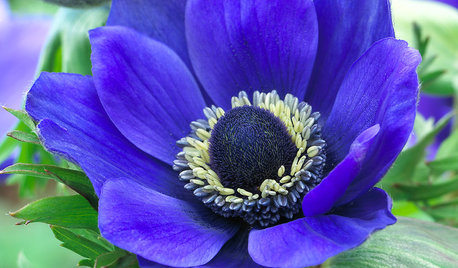
FALL GARDENING6 Splendid Blue-Flowering Bulbs
How do you blue? With colors from sky to cobalt, these bulbs will greet you merrily in a spring garden
Full Story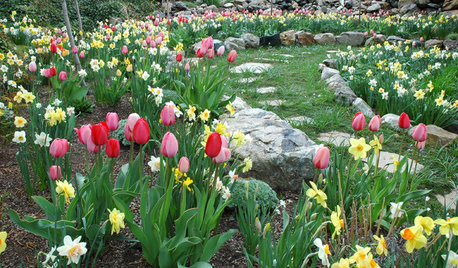
GARDENING GUIDESGardening With Kids: How to Plant Bulbs
You don't need expertise to get flowering bulbs in the ground in fall — but kids will feel like gardening pros come spring
Full Story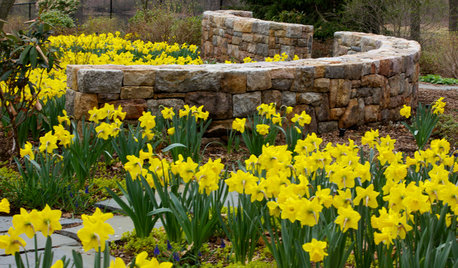
GARDENING GUIDES10 Beautiful Ways to Landscape With Bulbs
Planting bulbs wisely in fall can turn a spring garden glorious with joyful colors and profuse blooms that last through summer
Full Story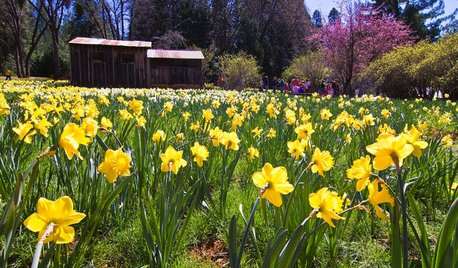
GARDENING GUIDES7 Bulbs That Flourish in Mild Climates
Fall planting: For gardens that don't see harsh winters, different guidelines for choosing and planting spring-blooming bulbs apply
Full Story
HOUSEPLANTSHow to Force Amaryllis Bulbs Indoors
Enjoy vibrant red blossoms even as gardens turn snowy white, by teaching this hardy repeat performer to ignore the calendar
Full Story
PLANTING IDEASWant a More Colorful, Natural Garden? Try a Perennial Meadow
Spend less time tending and more time taking in the sights by improving on Victorian and prairie garden designs
Full Story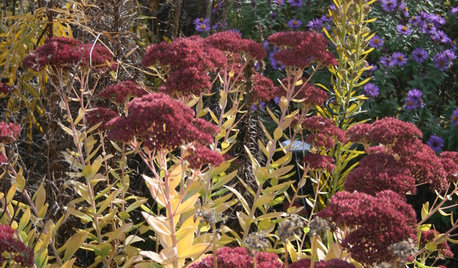
GARDENING GUIDES8 Perennials for Great Fall Color
Trees haven't cornered the market on autumn splendor. Add these flowering perennials for a foliage sight to behold
Full Story





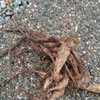
Laurel Zito
posskatOriginal Author
Related Professionals
Maple Valley Landscape Architects & Landscape Designers · Leawood Landscape Architects & Landscape Designers · Aurora Landscape Contractors · Bethel Park Landscape Contractors · Costa Mesa Landscape Contractors · Fairfield Landscape Contractors · Fort Mill Landscape Contractors · Garland Landscape Contractors · Hayden Landscape Contractors · Hickory Hills Landscape Contractors · San Rafael Landscape Contractors · St. Louis Landscape Contractors · West Orange Landscape Contractors · Greenfield Landscape Contractors · Bensenville Landscape ContractorsChemocurl zn5b/6a Indiana
vetivert8
Laurel Zito
Laurel Zito
Donna
nmgirl